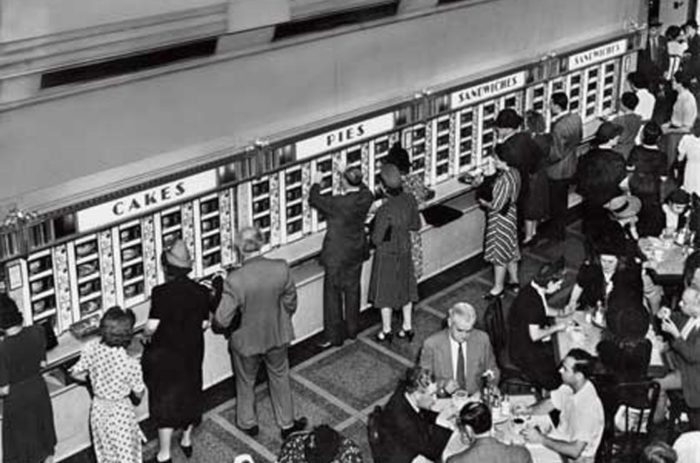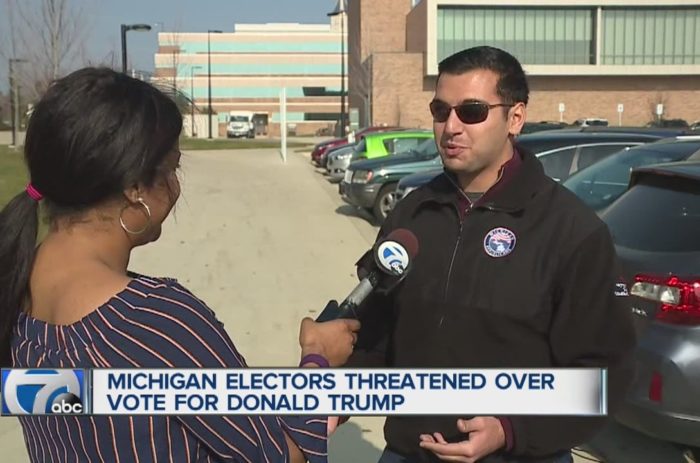
The following is an excerpt from OpinionJournal’s “Best of the Web” at The Wall Street Journal written by the editor, James Taranto.
Safe Space for the Gander
The Atlantic’s Conor Friedersdorf has the feel-good story of the week, though Freidersdorf himself is too much of a wet blanket to enjoy it. At the Ohio State University, “a sit-in and protest inside a university building was cut short when students were warned that they would be forcibly removed by police, arrested, and possibly expelled if they did not vacate the premises within a few hours, by 5 a.m.”
The trespassers, who style themselves #ReclaimOSU, had two demands: first, “complete, comprehensive and detailed access to the Ohio State budget and investments”; second, that OSU do one of the following: undertake a secondary boycott of Israel, agree to “maintain in house operation of its energy systems,” or “sign the Real Food Campus Commitment.”
Friedersdorf, who embeds a video of the announcement, notes that the message is delivered in a calmly authoritative manner—“respectful, blunt, and not particularly apologetic or deferential”—which is “a common one for real-world authority figures” but uncharacteristic of 21st-century university administrators, who are usually anxious to appease the campus left.
The best part is the explanation the man gives to the agitators. From Friedersdorf’s transcription:
Our goal, because I want you to understand why we would do something like this—I didn’t think we were going to—but the consensus of university leaders is that the people who work in this building should be protected also.
They come to work around 7 o’clock. Do you remember when you all made the rush down there and chanted to the folks outside the doors a minute ago?
That scared people.
That’s bunk, according to Friedersdorf: “One of the least scary experiences in the world is walking into a university administration building at 7 a.m., well-rested and ready for work, to be greeted by a bunch of exhausted 18-year-old OSU students groggily looking up from the corner where they curled up with college hoodies as pillows.”
Maybe he’s right, although it seems entirely plausible to us that being confronted by a chanting mob in one’s workplace might be an uncomfortable or even frightening experience. Some years back the media pilloried Tea Party members for angrily confronting congressmen at public town-hall meetings. Imagine the reaction if they’d invaded offices at the Capitol or the Department of Health and Human Services.
Friedersdorf appreciates the irony, though he sides with the trespassers:
Appealing to the safety and fear of staff in this way is something else I’ve never seen. But I suspect that it will be used against student protesters in the future. In my work defending free speech, I’ve repeatedly noted how speech codes implemented in the late 1980s and early 90s with the intention of protecting black students were ultimately used to charge and punish more black students than white students.
Insofar as campus concepts like safe spaces, microaggressions, and claims of trauma over minor altercations spread from activist culture to campus culture, the powerful will inevitably make use of them. Where sensitivity to harm and subjective discomfort are king, and denying someone “a safe space” is verboten, folks standing in groups, confrontationally shouting out demands, will not fare well. When convenient, administrators will declare them scary and unfit for the safe space, exploiting how verboten it is to challenge anyone who says they feel afraid.
We were intrigued by Friedersdorf’s reference to the enforcement of speech codes against black students and asked him on Twitter for details; we haven’t yet heard back.
At any rate, we suspect the analogy is inapposite. Universities shouldn’t be censoring anyone’s speech—left or right, black or white. But authorities are justified in enforcing what are known in legal parlance as reasonable restrictions on the time, place and manner of speech and assembly. The inside of an office building is not a public forum, and students (or anyone else) have no right to occupy it, to harass employees, or to disrupt university operations.
In a USA Today column, Glenn Reynolds observes: “As the tuition goes up, university administrations appear increasingly unable to maintain order on campus. Despite a constant call for ‘safe spaces,’ student protests are everywhere, disrupting things and leaving many students afraid to speak out.”
The reader who sent us that passage suggested it for our Fox Butterfield feature, but the OSU story suggests Reynolds may be on to something. Reframing “safe spaces” as a means of protecting public order and property rights seems a promising way of combating the authoritarian excesses of the campus left—an elegant application of Saul Alinsky’s Rule No. 4: “Make the enemy live up to its own book of rules.”
For more “Best of the Web” from The Wall Street Journal’s James Taranto click here.



